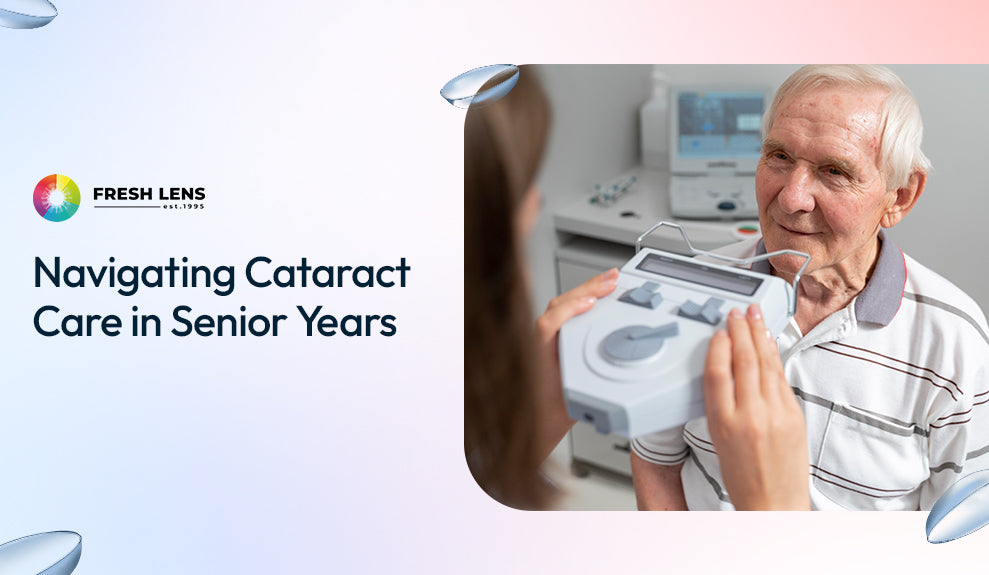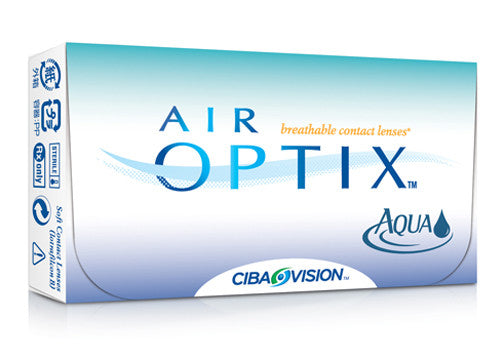
Cataracts stand as a prevalent global issue, significantly impacting vision among seniors worldwide. With advancing age, the likelihood of developing cataracts rises, underscoring the importance for older adults to grasp effective management and prevention strategies for this widespread eye condition. This detailed guide delves into comprehensive insights on cataract care tailored specifically for seniors, highlighting preventive measures, treatment choices, and practical tips aimed at sustaining optimal eye health well into retirement. By integrating these proactive approaches, seniors can confidently navigate their cataract care journey, ensuring clarity of vision and enhanced quality of life in their later years.
Understanding Cataracts
Cataracts occur when the lens of the eye becomes cloudy, leading to impaired vision. This cloudiness results from the accumulation of proteins on the lens, which blocks or distorts the passage of light to the retina. Symptoms of cataracts include:
- Blurry Vision: Difficulty seeing clearly, especially at a distance.
- Night Vision Problems: Increased glare and halos around lights at night.
- Light Sensitivity: Discomfort in bright light or from glare.
- Fading Colors: Colors may appear less vibrant or have a yellowish tint.
- Double Vision: Seeing multiple images in one eye.
- Frequent Prescription Changes: Needing frequent updates to glasses or contact lenses.
Causes and Risk Factors
Age is the most significant risk factor for cataract development, but other factors can contribute to their onset:
- Genetics: A family history of cataracts can increase the risk.
- Medical Conditions: Diabetes and other chronic diseases can accelerate cataract formation.
- Lifestyle Choices: Smoking, excessive alcohol consumption, and prolonged UV exposure can increase the risk.
- Eye Injuries: Trauma to the eye can lead to cataract formation.
- Medications: Long-term use of corticosteroids and certain other medications can contribute to cataract development.
Cataract Prevention for Seniors
Preventing cataracts involves adopting healthy lifestyle choices and protective measures. Here are some senior-friendly tips for cataract prevention:
Regular Eye Exams
Scheduling comprehensive eye exams is crucial for the early detection of cataracts and other eye conditions. Seniors should have their eyes checked annually to monitor vision health and receive timely interventions if necessary. Early detection can prevent the progression of cataracts and other vision problems.
UV Protection
Protecting the eyes from harmful UV radiation is vital for preventing cataracts. Seniors should wear sunglasses that block 100% of UVA and UVB rays when outdoors. Hats with brims provide additional protection from the sun.
Healthy Diet
A diet rich in fruits and vegetables, especially those high in antioxidants like vitamins C and E, lutein, and zeaxanthin, can help protect the eyes from oxidative stress and reduce the risk of cataracts. Foods such as spinach, kale, oranges, and berries are excellent choices.
Avoid Smoking
Smoking significantly increases the risk of cataracts and other eye conditions. Seniors who smoke should seek support to quit and create a smoke-free environment to benefit their eye health.
Limit Alcohol
Excessive alcohol consumption can contribute to cataract formation. Seniors should moderate their alcohol intake to maintain good eye health and overall well-being.
Cataract Treatment Options for Seniors
When cataracts begin to interfere with daily activities, it's time to consider treatment options. The most common and effective treatment for cataracts is surgery. Here’s an overview of cataract surgery options for seniors:
Phacoemulsification
This modern surgical technique involves making a small incision in the eye and using ultrasound waves to break up the cloudy lens, which is then removed. An artificial intraocular lens (IOL) is implanted in its place. Phacoemulsification is minimally invasive, has a short recovery time, and is highly effective in restoring vision.
Extracapsular Cataract Extraction (ECCE)
This traditional method involves making a larger incision to remove the cloudy lens in one piece, followed by the implantation of an IOL. ECCE is typically used when the cataract is too advanced for phacoemulsification. While recovery time is longer, it is still an effective treatment option.
Post-Surgery Care and Vision Management
After cataract surgery, proper care is essential to ensure a smooth recovery and maintain clear vision. Here are some tips for post-surgery care and vision management for seniors:
Follow-Up Appointments
Attend all scheduled follow-up visits with your eye care professional to monitor your healing process and address any concerns.
Avoid Strenuous Activities
For a few weeks post-surgery, avoid heavy lifting, bending over, and any strenuous activities that might increase pressure in your eye.
Protect Your Eyes
Wear protective eyewear as advised by your doctor, especially when outdoors or in dusty environments. This helps prevent infections and protects the eyes from harmful UV rays.
Adhere to Medication Regimen
Use prescribed eye drops and medications as directed to prevent infection and reduce inflammation. Proper medication adherence is crucial for a successful recovery.
Senior Vision Care Tips
Maintaining good vision health in older age requires a proactive approach. Here are some eye health tips specifically for seniors:
Regular Vision Screening
Regular vision screening is essential for detecting eye issues early and preventing cataracts. Seniors should have their vision tested annually to ensure any changes are promptly addressed.
Ergonomic Adjustments
Ensure your living spaces are well-lit and make ergonomic adjustments to reduce eye strain. Use adjustable lighting to avoid glare and place reading materials at a comfortable distance.
Stay Hydrated
Keep hydrated to prevent dry eyes, which can be more common in older adults. Drink plenty of water throughout the day and use humidifiers to maintain moisture in the air.
20-20-20 Rule
Follow the 20-20-20 rule: every 20 minutes, take a 20-second break and look at something 20 feet away to reduce eye strain, especially during prolonged screen time.
Senior Eyewear
Choosing the right eyewear is crucial for seniors, particularly those with cataracts or other vision impairments. Here are some tips for selecting senior eyewear:
Blue Light Blocking Lenses
For seniors who spend time on digital devices, blue light blocking lenses can reduce eye strain and protect against digital eye strain. These lenses are beneficial for maintaining eye comfort and health.
Photochromic Lenses
These lenses adjust to changing light conditions, offering UV protection and reducing glare. They are ideal for seniors who spend time both indoors and outdoors, providing clear vision in all environments.
Anti-Reflective Coating
Eyeglasses with anti-reflective coating reduce glare and improve vision clarity, making them beneficial for seniors, especially those who drive or spend time in low-light conditions.
High-Quality Sunglasses
Invest in high-quality sunglasses that offer 100% UV protection to safeguard your eyes from harmful rays. This is particularly important for seniors to prevent cataracts and other eye conditions caused by UV exposure.
Navigating cataract care in senior years requires a proactive and informed approach. By understanding cataracts, taking preventive measures, and knowing your treatment options, you can maintain clear vision and enjoy a better quality of life during your retirement years. Prioritize regular eye exams, adopt healthy lifestyle choices, and invest in suitable eyewear to safeguard your eye health against cataracts.

































